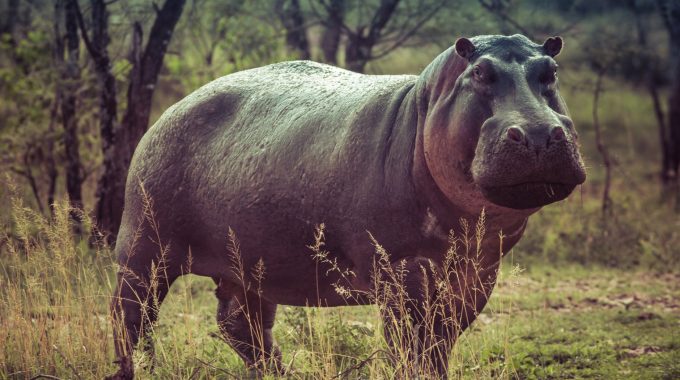Game drive in kidepo valley national park, this gives you an opportunity to see the…
The Endangered Gorillas
 The mountain gorillas in the world are one of the endangered species in the world and according to the world national statics; there are about 880 mountain gorillas remaining in the world and these are found in three African countries which is Uganda the pearl of Africa, Rwanda, Land of a thousand hills, the Democratic republic of Congo. The endangered mountain gorilla population is highly dominated in Uganda with about half of the remaining mountain gorilla population and the rest of the population is shared by other countries of Rwanda and Congo.
The mountain gorillas in the world are one of the endangered species in the world and according to the world national statics; there are about 880 mountain gorillas remaining in the world and these are found in three African countries which is Uganda the pearl of Africa, Rwanda, Land of a thousand hills, the Democratic republic of Congo. The endangered mountain gorilla population is highly dominated in Uganda with about half of the remaining mountain gorilla population and the rest of the population is shared by other countries of Rwanda and Congo.
Uganda has two national parks that are home to the endangered mountain gorilla populations, they are Bwindi impenetrable forest national park and Mgahinga gorilla national park which are located in the south western part of Uganda. Bwindi is a home to about 400 mountain gorilla populations that is found in the high altitude areas of the forest and about 80 mountain gorilla populations in Mgahinga gorilla national park.
Uganda has about 18 habituated gorilla families and Bwindi forest is a home to 17 habituated mountain gorillas and only one habituated mountain gorilla family is found in Mgahinga forest national park.
Bwindi forest national park is the famous visited national park and best for the great mountain gorilla trekking experience due to the large percentage of the mountain gorilla populations that can easily be found in groups.
There are no lowland gorillas in Uganda; they can only be finding in Virunga national park in Congo that is a home to both the mountain gorillas as well as the lowland gorillas. Virunga national park in eastern region of Congo, Mgahinga forest national park in south western Uganda and volcanoes national park in north western Rwanda are part of the volcano conservation massif area
Why are mountain gorillas endangered?
 The mountain gorillas are among the highly threatened animal species in the world due to a number of reasons they encounter which are both natural hazards and others caused by man, such as
The mountain gorillas are among the highly threatened animal species in the world due to a number of reasons they encounter which are both natural hazards and others caused by man, such as
The illegal poaching , a lot of efforts has been put by the governmental bodies that are in charge of wildlife and the protected national parks in the three countries so as to put an end to the illegal practice done by poachers so as they can earn money from the endangered mountain gorillas. It involves killing of the gorillas to get their skin and sell part of their bodies for research. In the process the population is reduced thus making the mountain gorillas threaten, rare and endangered species in the wild.
Diseases, the mountain gorillas are 98 percent like human beings thus they can easily be attacked by the human diseases such as flue, cough in case they get into close contact with the person that has those communicable diseases due to the fact that if one mountain gorilla is affected there are high chances that it spread to other mountain gorilla since they live families, the diseases may be become difficult and gorillas fail to ill which might lead to death and in a long run the number of the mountain gorillas population has been reduced.
Habitat loss, mountain gorillas survive in the high altitude of Bwindi forest and volcano conservation massif, the places have encroached for human settlement as well as agricultural farming. This has reduced the population of the mountain gorilla despite the increase, the local will them and cut down the forest were they stay, for example in Virunga forest national park the local people have illegally cut down the forest tree for commercial consumption thus reducing on the population of the mountain gorillas.
How to save the endangered mountain gorillas?
For all the tourism governmental bodies in the three African countries of Uganda, Congo and Rwanda, they have come up with mountain gorilla permits which they sell to every person /traveler who would like to enjoy gorilla trekking and gorilla habituation experience and it the local communities, the authority have made a practical effort to ensure that a percentage of the money got from gorilla tourism is given back to community so as they can recognize the importance of gorilla tourism through directly investing in the community projects such as schools, hospital among others.



